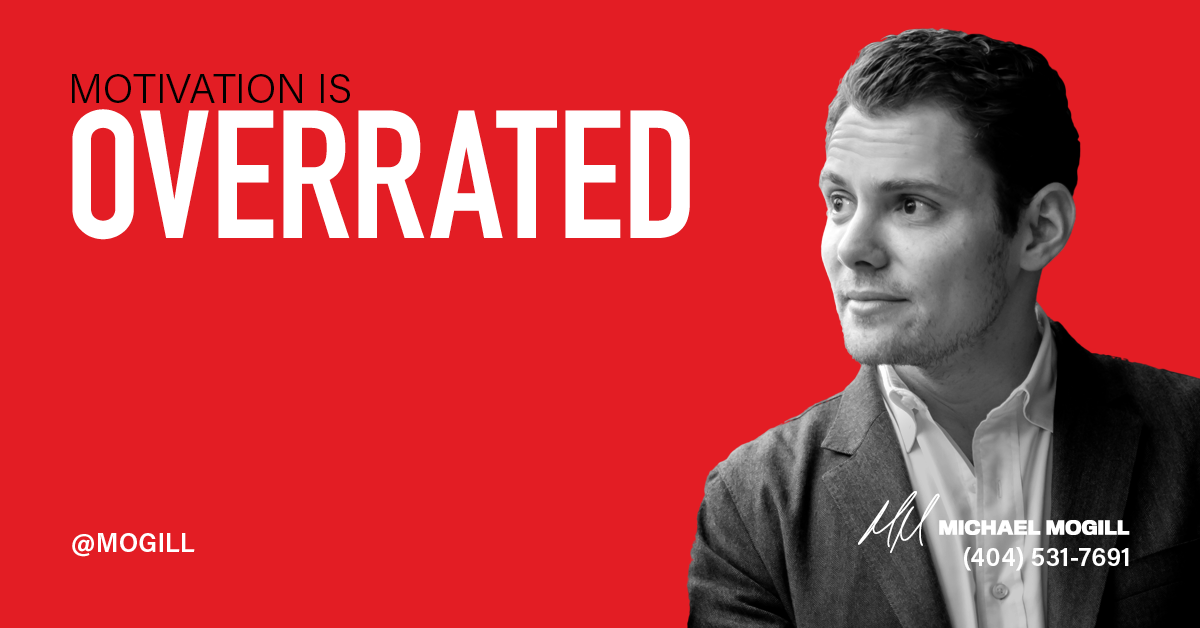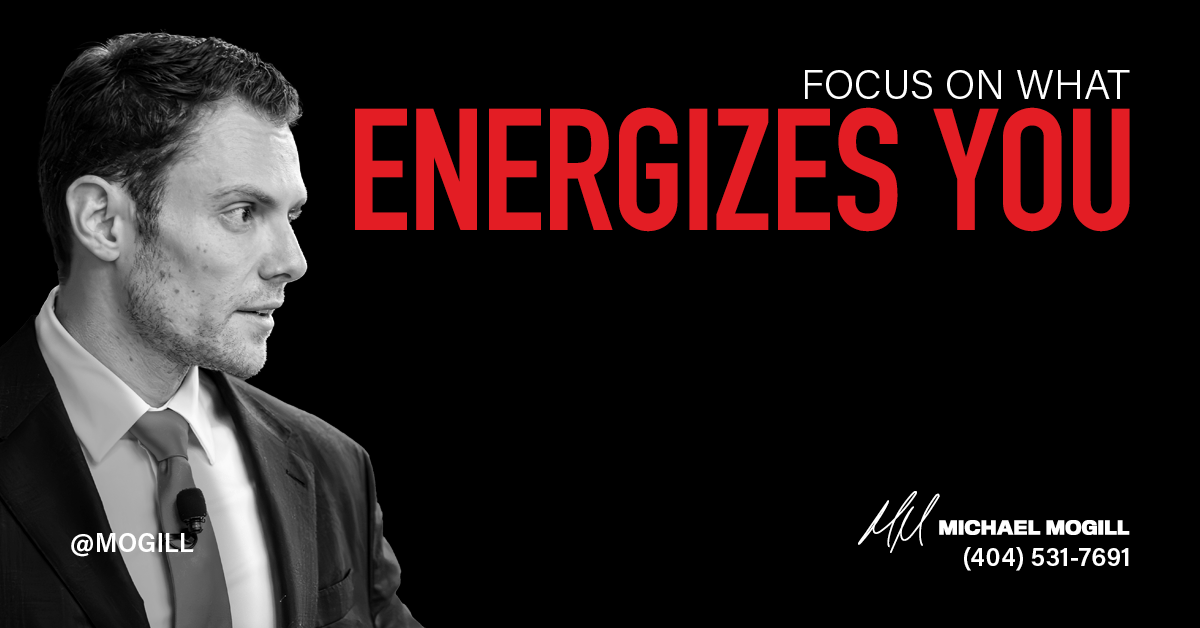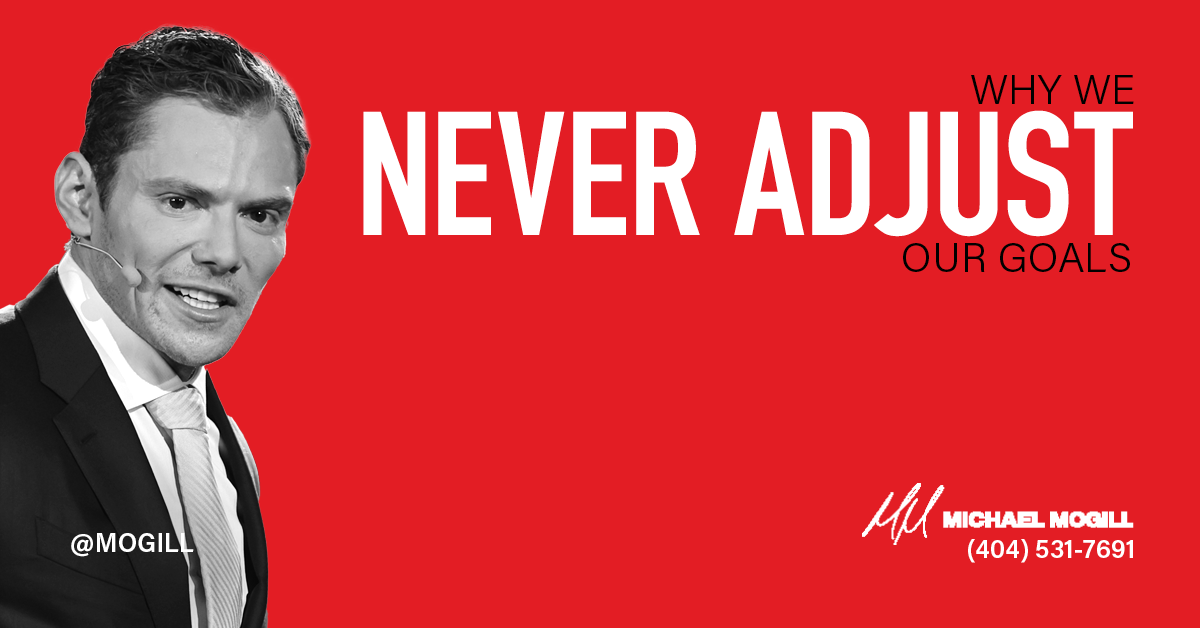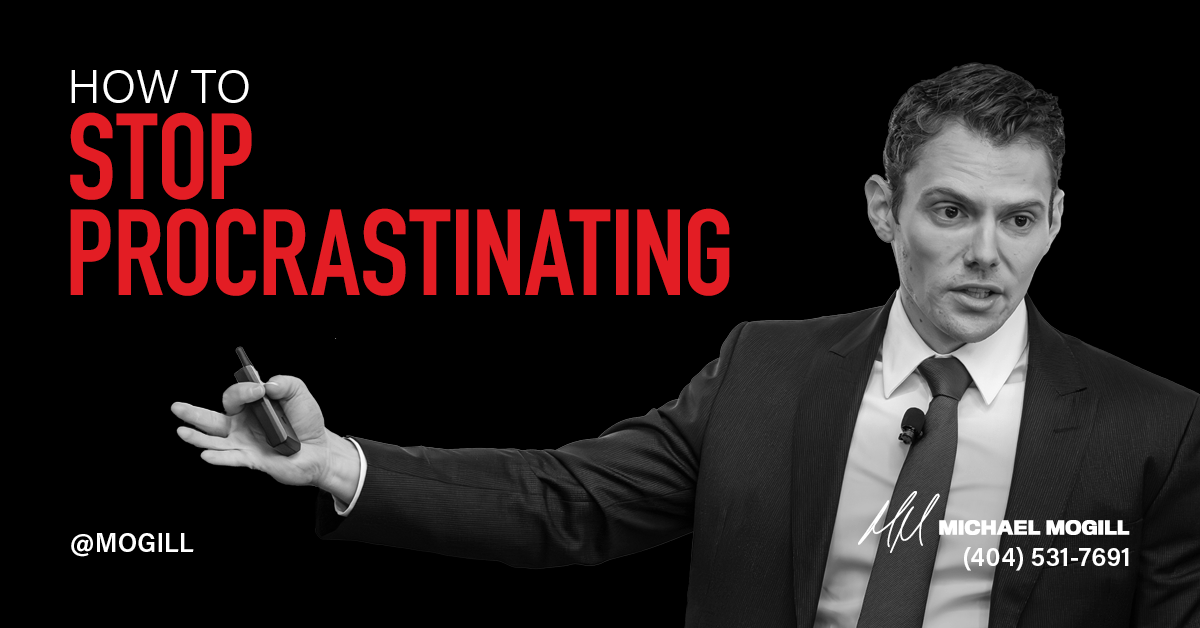When you think of the word “failure,” what thoughts come to your mind?
I’m guessing it’s something negative. Maybe it conjures up feelings of embarrassment or inadequacy. Failure might feel like a missed opportunity or a barrier to your progress.
A negative reaction is natural, but also limiting. This view of failure can stifle innovation, keep you from trying new things, or cause you give up short of a breakthrough.
In his book Principles, Ray Dalio put it this way: “If you’re not failing, you’re not pushing your limits, and if you’re not pushing your limits, you’re not maximizing your potential.”
I think our aversion to failure comes from a public image we believe we must maintain. In my experience, the people around us tend to focus on the successes, not the failures. Our business has doubled every year for the past three years. At the end of each year, no one in my life looked back and pointed to my failures from the past twelve months.
Which is good, because I’ve lost more deals than everyone combined at my company! But I’ve also closed a lot of deals too. As an entrepreneur, I can’t care more about how I’m perceived than the progress I’ve made. And after a setback like losing a deal, the progress I seek to make is returning to a place of confidence and joy.
I’m going to knock the door down, whether it takes one attempt or one hundred. I’ve matured as an entrepreneur in how I respond to setbacks and disappointment, and in this article, I’ll share some stories and strategies that can help you do the same.
Your response to failure dictates your success
In my first year in business, I had hired a few team members and needed to close a particular deal to meet payroll. It was a stressful time, as everything hinged on this one client. When I got off the phone with the guy, I was feeling great. He said he was going to sign the agreement and fax it over. Hallelujah, I thought, we can make payroll!
When the fax came through, the page was blank. I figured the guy had accidentally sent it upside down, so I called him to ask if he could resend it. His response floored me: he saw the blank page as a sign from God that he shouldn’t move forward with us.
Imagine that. We’d been working with this guy for months, dialing in every aspect of the project. He was totally committed… until that fax came in upside down.
In that moment, I had a choice to make. I could shut the business down and let that failure define me, or I could move forward in confidence. I chose the latter. I spent that whole weekend working my pipeline, following up with people, and running campaigns. I was doing anything and everything I could to make it happen—and it did happen.
When your back is against the wall, I’ve found that when you push forward, you either get lucky or you make something happen. It’s not easy to do when you’re gut punched like I was, but if you choose to persevere time and again, it becomes a habit:
Failure finds you, yet you keep pushing, and then something good happens.
I’m living proof of that. I thought the future of my business hinged on that one deal. Since we’re still in business today—and we’ve grown 1,500 percent in the last three years—clearly I overestimated the impact of that failure and underestimated my ability to respond in such a way that would move us forward, not shut us down.
The true definition of confidence
I’ve used the word “confidence” a lot in this article and now I want to offer a definition:
Confidence is the ability to transform fear into focused and relaxed thinking and action.
Was I scared when my client backed out due to an upside down fax? For sure—I was banking on that deal to make payroll! But I used that fear as fuel to move forward with a plan that I believed would help save my business. The easy choice would’ve been to go home, get under the covers, and call it quits. But I didn’t want to give up on my dream of building a great company, so instead of giving up, I got confident.
Confidence is what makes entrepreneurs a different breed. It’s why we’re such a tight knit community—we’ve done things that defy logic, things that would make most people run and hide. That doesn’t make us superheroes; it just makes us entrepreneurs.
I crave the lesson in every setback, failure, and disappointment. I know that if I give up when I get knocked down, I won’t get that lesson. I won’t get that confidence boost from solving the problem that seemed unsolvable. So, I dig in and push forward.
Finding the joy in failure
What about joy? Well, maybe I’m just a screwed up individual, but I think that as an entrepreneur, you have to love the game and all the ups and downs that come with it. Over the years, I’ve found just as much joy in my failures as I have my successes.
That sounds a little deranged, right? Well, the truth is you can’t appreciate one without the other. If things went well all the time, it wouldn’t be that exciting or interesting.
If you close the month by hitting your sales goal, for example, that victory is going to be much sweeter if you were in a hole halfway through the month and had to rally in a big way to make things happen. When the climb is tough, we appreciate the peak that much more. And the climb will be tough at times. I don’t know a single entrepreneur that’s reached a significant level of success and said, “Well, I did that with no setbacks.”
You won’t always know what you’re doing, situations will go sideways, people will act in ways that are inconsistent with their nature, and surprises will pop up.
When setbacks inevitably come, here’s my reaction: This isn’t ideal, but now I get to prove that I’m the person who is capable of stepping up and solving a problem like this
I see every challenge as an opportunity for growth now. Did I start from that place? No way! As I’ve matured, my entrepreneurial mindset shifted. To get to the next rung of success, I know I must become a person capable of handling setbacks.
Practical ways to return to confidence and joy
Now that you have a different outlook on failure and know the importance of confidence and joy in business success, how do you move forward with that knowledge?
Here are five practical ways I like to handle failure in my business.
#1: Look back at last year’s problems
Confidence often comes from perspective. Today, the fax machine scenario wouldn’t even phase me. But at the time, it was such a brutal gut punch. As I’ve matured and my business has scaled, my challenges have scaled right along with me. I could handle the fax machine scenario today because I’ve dealt with tougher challenges since then.
Think about Elon Musk, Richard Branson, or Jeff Bezos. If you handed them your problems, it would be half a day’s work for them, if that. But they didn’t start in that place. They started from a place not that different from you and me, and as they went along, they became more confident in handling challenges.
Look back at the challenges you faced last year. Don’t sweep them aside as “not a big deal” because you solved them. Consider how you grew as a leader and what you learned that equipped you to handle situations now that would’ve caused you great stress a year ago. In that maturity, you can find confidence and joy.
#2: Measure the progress you’ve made
As leaders, we tend to measure forward and become discouraged when there’s a gap between where we want to be and where we are. What we can’t forget to do is measure backwards and see the progress we’ve made over the past six to twelve months.
One measuring stick can destroy confidence, while the other can build it. I’m not saying you should forsake forward progress and rest on past achievements. Rather, I’m saying you should appreciate the fact that while you may not be where you want to be yet, you’re not where you were. There are always going to entrepreneurs and businesses doing better than you, so if you play the comparison game, you will feel inadequate. Stay focused on where you want to go and appreciate the progress you’ve made.
#3: Utilize negative visualization
Our confidence gets shaken when we come up against scenarios we’re not prepared for—so prepare for them! Use negative visualization to picture doomsday scenarios that, while unlikely, could happen. If all your employees quit, or you lost all your clients, what would you do? As you consider your response for these worst case scenarios, you rob these nasty surprises of their power because you’re prepared for them.
You also realize that you’re capable of handling anything. After all, if you’ve got a plan to handle a doomsday scenario that’s likely to never happen, you can handle an upset client or conflict between employees. That’s the power of negative visualization.
#4: Create problems by pushing your limits
Now that you associate failure and problems with progress, you can go out of your way to create problems within your business. After all, if you’re not solving problems, you’re probably not making progress. Obviously I’m not advocating treating people poorly in order to practice your conflict resolution skills. I’m talking about doing innovative and ambitious things that will generate setbacks because you’re charting new territory.
Get in the arena, get after it, and be confident you can handle challenges that arise.
#5: Set the example as the leader
Finally, remember that you as the leader set the example for your team with how you respond to challenges and barriers. Some team members, especially new ones, might not know how to bounce back after a failure or disappointing setback. Through your actions, you can show them that challenges are a natural part of day-to-day work.
I actually got our team one of those Office Depot easy buttons, except it says “fail” on it. So whenever someone gets hung up on during a prospecting call, or whatever they’re working on doesn’t go as planned, we’ll push that button and celebrate the failure.
What better way to return to confidence and joy after failing than to celebrate it?








